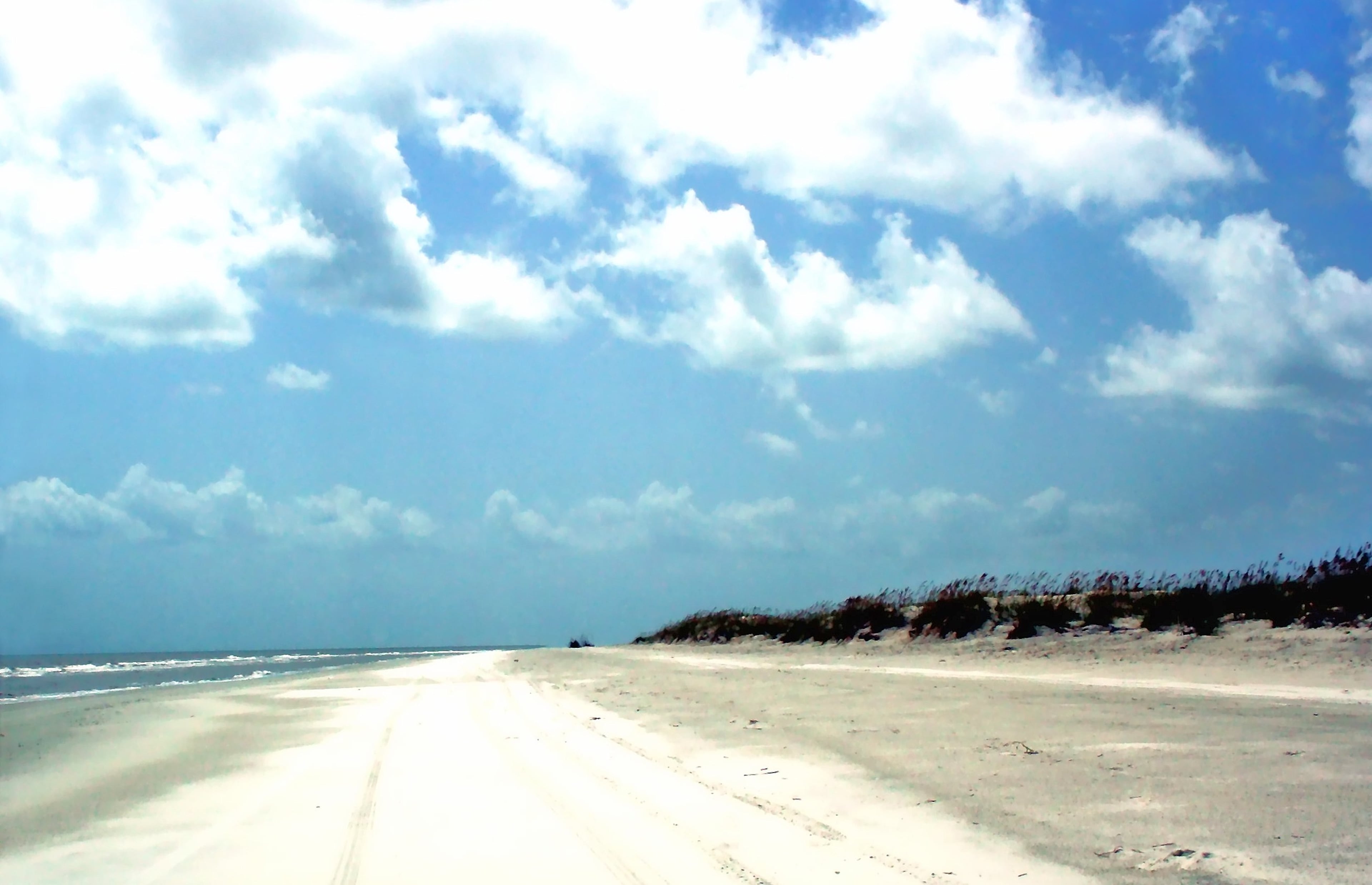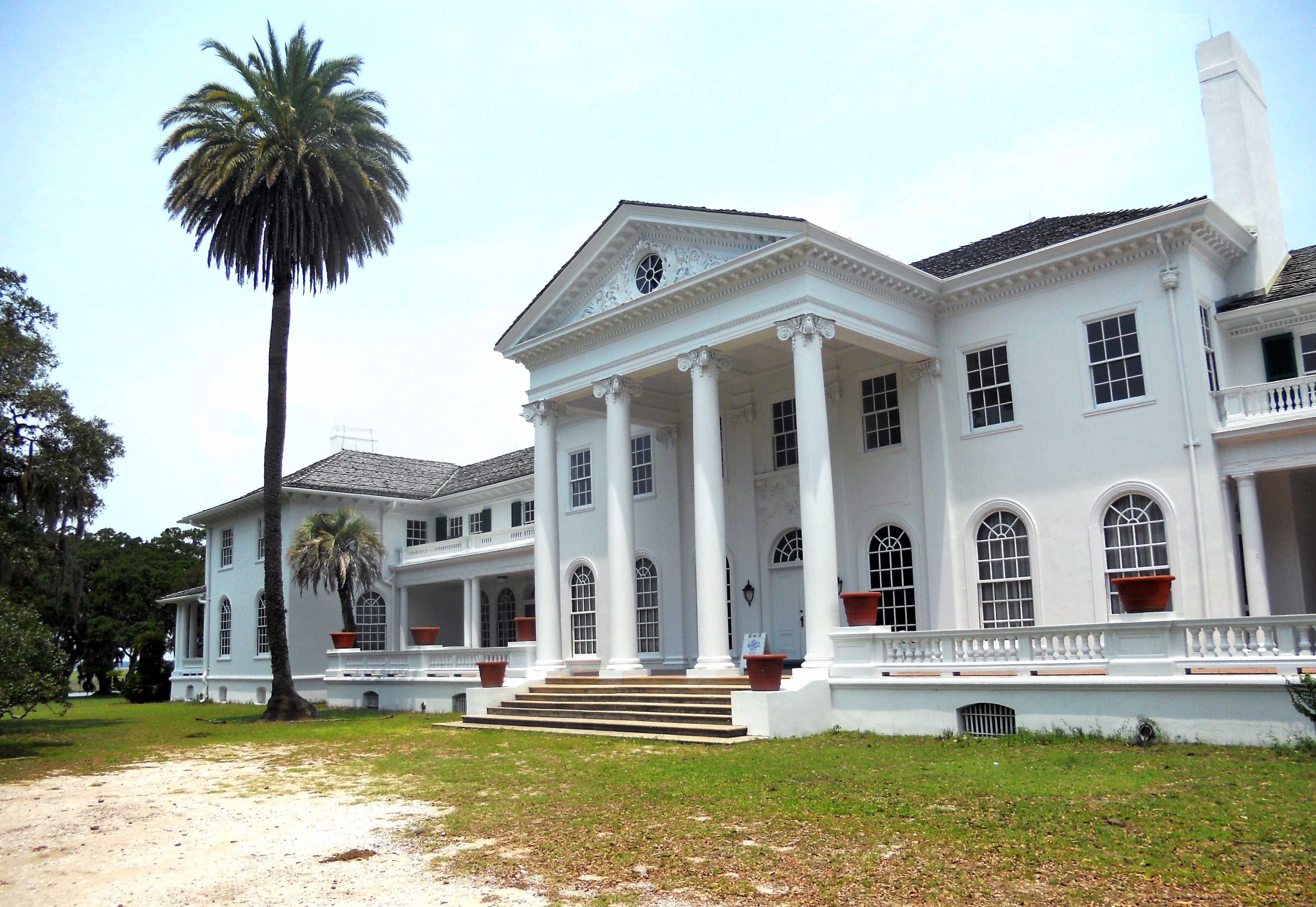40-year-old Cumberland Island National Seashore still enthralls







I have returned to Cumberland Island National Seashore for perhaps the 50th time — I can’t remember the exact number — since I first came here in November 1972. That was a month after President Richard Nixon signed federal legislation creating the national seashore.
Nearly 40 years after that first visit, the beauty and sweet solitude still soothe me, still refresh my weary mind. The magnificent beach, devoid of hotels and condos, is as unspoiled as ever. This summer, a record 687 loggerhead sea turtles crawled upon the beach to lay their eggs — the most for any barrier island on Georgia’s coast. The island’s lush maritime forest of spreading live oaks and stately palmettos still enchants. The sun-spangled salt marsh still stretches as if never-ending to the horizon.
A 45-minute ferry boat ride from St. Marys, the 36,000-acre Cumberland is Georgia’s largest and southernmost barrier island. Its natural splendor and amazing human history lure me — and many others — back time after time.
Like me, most of the 40,000 visitors to Cumberland each year are day-trippers, staying about six hours. Most of the rest are campers who may stay for several days.
Merely setting foot on Cumberland, however, is like stepping back in time.
Before the National Park Service acquired most of the island for a national seashore, 90 percent of it was the private domain of Lucy and Thomas Carnegie (brother of Andrew) and their descendants. The Carnegies bought the island in the 1880s and built five mansions on it during the next two decades. The most superb house was the opulent 59-room, Queen Anne-style Dungeness on the island’s south end.
Dungeness burned nearly to the ground in 1959 from a fire suspected as arson, but its ruins are a must-see for visitors. As I usually do when I return to the island, I stopped during my recent visit to gaze at the tall chimneys, solid brick walls and other stark remains of the old mansion. To me, they are as awe-inspiring as the ancient Anasazi ruins of Mesa Verde.
But on this trip, I especially wanted to see another majestic Carnegie house, the fully restored, gleaming white Plum Orchard mansion built by Lucy Carnegie in 1898 for one of her sons. The National Park Service now offers daily tours of the elegant, 35-room Georgian revival manor eight miles north of Dungeness. The van tours provide fascinating glimpses into how super rich Americans — and their legion of maids, cooks, butlers, kitchen helpers, gardeners and other servants — lived during the era of the Great Gatsby on a remote island accessible only by boat.
Entering the 22,000-square-foot mansion’s spacious entry hall through the front doorway, my eyes immediately were drawn to the cavernous inglenook fireplace. It made me long for a cozy fire on a cold winter night. In the ballroom-size “gun room,” once a favorite gathering place for Carnegie clans, century-old Tiffany lamps hung over oak parquet floors. In the dining room, a long table was set for a formal dinner. In the east wing, a refurbished indoor squash court and a 12-foot-deep indoor swimming pool with dressing rooms riveted my attention.
The tour van also went up to the island’s north end for other stops, including one at the tiny First African Baptist Church, where John Kennedy Jr. married Carolyn Bessette in an ultra-secret ceremony in 1996.
A note of caution: Some stretches of unpaved Grand Avenue on which the van travels are super bumpy, which can make the 30-mile round-trip trek arduous for some passengers.
Nevertheless, the so-called Lands and Legacies tour, which began in August 2011, has been “a resounding success,” drawing 4,000 partakers in its first year, said Fred Boyles, the park service’s superintendent.
Not everyone is in favor of the van tours. Environmentalists rail against tour vehicles traveling on a segment of Grand Avenue that runs through the 9,800-acre wilderness area that Congress approved for Cumberland’s north end in 1982. A wilderness area is supposed to be free of human intrusion except for occasional hikers and campers. No power equipment is allowed: no cars, chain saws, ATVs, bulldozers.
Until a few years ago, the northern stretch of Grand Avenue — the 16-mile-long road that the Carnegies carved across Cumberland — was a part of the wilderness area. Vehicles were prohibited on it.
Then, U.S. Rep. Jack Kingston, who represents Georgia’s coastal area, fostered a rider through Congress that removed Grand Avenue from the wilderness area, in effect allowing tour vans to legally travel on it.
Kingston’s rider did not stop there. It also removed a large swath of Cumberland’s north end and its beach from the wilderness — the first time that official wilderness had been taken out of the federal system. Kingston’s backers said Cumberland’s wilderness never should have been designated as such anyway because of the road through it.
Kingston’s action incensed wilderness supporters who vowed to reverse it.
The conflict is not the only controversy swirling around Cumberland. Strife has beset the national seashore since its inception. It has shattered once-close friendships and triggered lawsuits.
The factions squabble over the number of visitors that should be allowed on the island. (The current limit is 300 per day). They argue over what should be done with the island’s 250 free-roaming feral horses. The animals are a major draw for visitors, but their grazing damages swaths of fragile vegetation such as sea oats that anchor sand dunes.
Most visitors to Cumberland are probably unaware of the disagreements. Like me, they come for the natural glories, serenity and fascinating history.
It’s splendor will be here for future generations. The bill Nixon signed Oct. 23, 1972, stipulates that the seashore “shall be permanently preserved in its primitive state” and no project can be undertaken that would jeopardize the island‘s “unique flora and fauna.”
If you go
Cumberland Island National Seashore
Cumberland Island National Seashore includes a designated wilderness area, undeveloped beaches, historic sites, cultural ruins, critical wildlife habitat and nesting areas, as well as numerous plant and animal communities. Interpretive and educational programs are available; you may hear compelling stories of the people who have shaped and been shaped by Cumberland. Most visitors come only for the day.
Directions: Exit 3 from I-95. At exit stoplight, turn east on Ga. 40. Follow signs into St. Marys, where Ga. 40 becomes Osborne Street. Osborne dead-ends at St. Marys Street. Turn right on St. Marys Street. The National Park Service Visitor Center is in a blue building; it and ferry dock are both located on left.
Visitor Center: 113 St. Marys St., St. Marys, Ga. 31558. Open daily 8 a.m. to 4:30 p.m. 912-882-4336. www.nps.gov/cuis.
Getting to the island: Cumberland is accessible by daily ferry boat from Visitor Center dock in St. Marys. Ferry is walk-on, passenger-only. All trips are round-trip. Ferry does not transport pets, bikes, kayaks or cars. To make ferry reservation, 912-882-4335.
Fees: For ferry boat: adult, $20; child 12 and under, $14; senior 65 and over, $18. Entrance fee: $4 per person. Lands and Legacies tour: adult, $15; child 12 and under and seniors 62 and over, $12. Separate fees for camping.
Where to stay: The island’s only lodging is the private Greyfield Inn, whose rates start at $395 per night. 904-261-6408. www.greyfieldinn.com.
Camping: Reservations are recommended. Cumberland has one campground with showers and other facilities at Sea Camp. Wilderness and backcountry campgrounds are located at Stafford Beach, Brick Hill Bluff, Yankee Paradise and Hickory Hill. Fees: $4 per person per day at Sea Camp; $2 per person per day at other campgrounds.
Food and drink: No concessions on island. Bring your own lunch. Restrooms and drinking water located on island at Ice House Museum, Dungeness Historic Area, Sea Camp Ranger Station, Sea Camp Campground and Plum Orchard.

